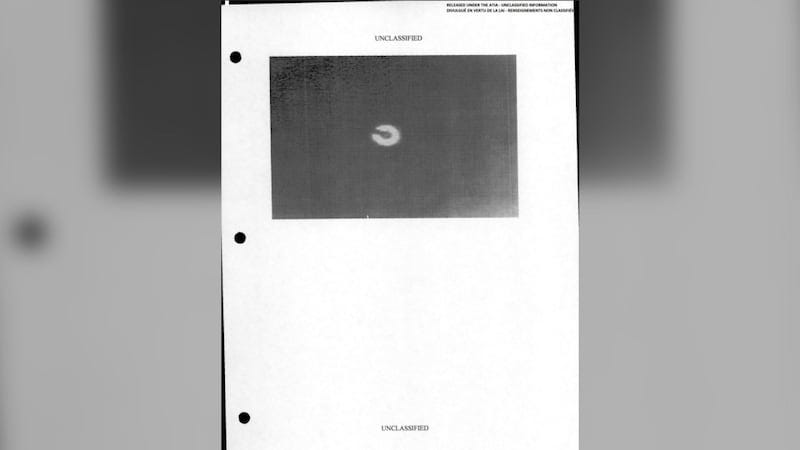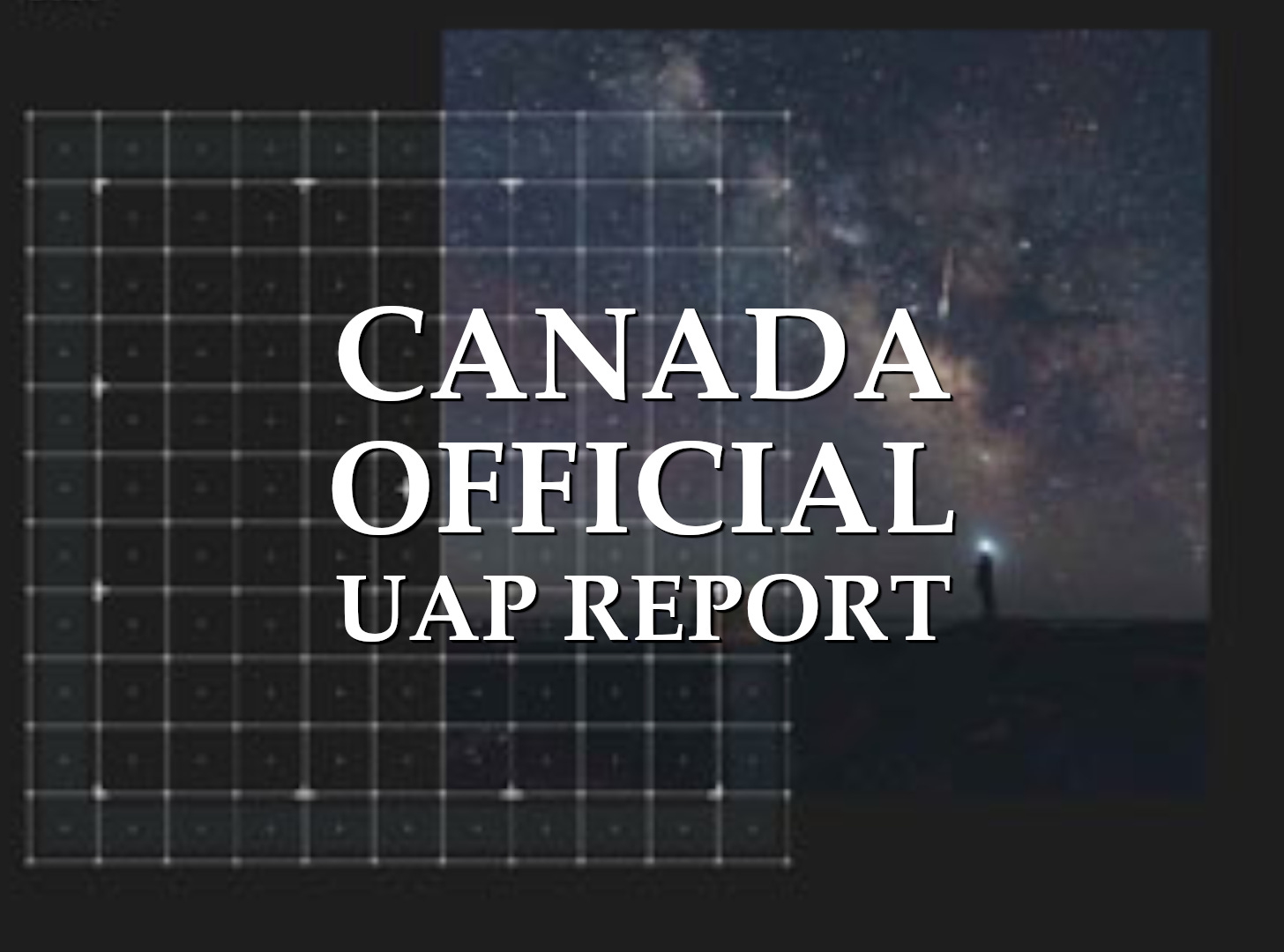Canada's full report on UAP recommends the establishment of a "dedicated service"
In a rare move, the Office of the Chief Science Advisor of Canada published its full analysis of the scientific efforts regarding the investigation of UAPs.
The 50-page report was published on 14 July 2025. Encompassing all aspects of unidentified anomalous phenomena, its goal was to consider whether there was scientific interest in conducting an investigation into the subject. As reported by Sentinel previously, the statistical analysis and preliminary report were already available for several months.
The report's analysis summary paints a bleak picture of the state of the UAP investigation in Canada. Despite the high number of sightings, witnesses seldom report their observations.
Some public sources estimate that Canadians report somewhere between 600 and 1,000 UAP sightings annually. According to the survey commissioned for the Sky Canada Project, one in four respondents say they have personally witnessed a UAP in their lifetime. However, only 10% reported their sightings and 40% of respondents would not know whom to contact for reporting. Interestingly, a majority of respondents support the idea of establishing a federal government service to gather UAP reports and make findings publicly available.
Governmental bodies rarely conduct investigations into UAP reports, nor do they communicate with each other about them.
Consultations with many federal departments and agencies revealed that they occasionally receive UAP sighting information and reports from their stakeholders and the public. However, few of these organizations investigate these sightings unless they pertain to specific aspects of their respective mandates, such as national security, transportation safety or public safety. Most departments do not compile the reports they receive, making it difficult to provide information on the number of reports or the type of responses given to witnesses. Currently, UAP reports are scattered across multiple government and non government organizations.
The report also highlights several weaknesses.
There is no official, accessible platform for Canadians to report UAP sightings, obtain potential explanations or review reliable information about UAPs. This situation contributes to the proliferation of misinformation and disinformation.
Efforts to study UAPs with scientific rigour and engage the Canadian scientific community have been limited.
Insufficient efforts to enhance science literacy, including around planetary sciences, combined with the lack of a transparent and cohesive system for UAP reporting and analysis, exacerbates the impact of misinformation and disinformation.
The worldwide overview of official investigative groups lists the SEFAA in Chile, the AARO and NASA in the USA, and the GEIPAN in France.
The official report suggests some interesting solutions, including:
Identify a lead: A federal department or agency responsible for managing public UAP data should be identified.
Establish a dedicated service: This service would collect testimonies, investigate cases and post its analyses publicly. It would proactively inform Canadians about UAPs.
Enhance reporting capacity in civil aviation: Transport Canada should encourage pilots, cabin crews, and air traffic controllers to report UAP sightings without fear of stigmatization. In collaboration with NAV CANADA, they should analyze UAP reports to track trends and provide pilots with explanations, helping to reduce distractions during flights.
Support public dialogue: A proactive strategy to increase transparency and communication with the public regarding UAPs should be developed.
Facilitate open access and open data: Data related to UAPs should be made available to the public for transparency and to support research.
Support citizen science: Participatory science initiatives and programs should be developed to enable volunteer participation in the study of UAPs.
Provide tools for data collection: The development and deployment of publicly accessible digital and portable tools should be supported to facilitate the reporting of UAP sightings and help collect standardized data.
Build on Canada’s strength in astronomy and aerospace research: Canada has a superb talent pool and physical research infrastructure dedicated to that sector. The members of that community should be given opportunities to be part of the public dialogue on UAPs.
The importance placed on transparency and scientific research is to be commended. It is hoped that the executive and legislative powers will follow suit. Perhaps, in the future, the realisation of this exemplary proposal will enable scientists and citizens to access better data than is currently available.




